Cambodian women are the symbol of a perfect fusion between tradition and modernity. In Cambodian society, they play a crucial role within families, but they are also key players in the economic and cultural development of the Kingdom of Wonders. Thanks to their resilience and tireless commitment, Khmer women are progressively asserting their position, overcoming challenges to achieve equality and respect. In this article, we will explore more in-depth the vivid stories, inspiring journeys, and hidden strengths of Cambodian women: those who are silently changing the face of the nation.
Cambodian women are the symbol of a perfect fusion between tradition and modernity. In Cambodian society, they play a crucial role within families, but they are also key players in the economic and cultural development of the Kingdom of Wonders. Thanks to their resilience and tireless commitment, Khmer women are progressively asserting their position, overcoming challenges to achieve equality and respect. In this article, we will explore more in-depth the vivid stories, inspiring journeys, and hidden strengths of Cambodian women: those who are silently changing the face of the nation.
1. The Physical Appearance of Cambodian Women
.jpg)
Cambodian women are often celebrated for their natural beauty and the elegance of their distinctive features. Generally, they have fair skin, with almond-shaped eyes that reflect calmness and grace. Their facial features are often delicate and well-proportioned, with slightly high cheekbones and a straight nose. Their hair can vary from black to dark brown and is often smooth and shiny. In terms of stature, Cambodian women tend to have a slim and slender silhouette, with an elegant gait that gives them a regal appearance. Their natural grace also manifests in their movements, which are usually measured and fluid. Regarding attire, Cambodian women often wear traditional clothing such as the sampot, a long wrap-around skirt, and the sinh, a shorter and more fitted version of the sampot. These garments are made with colorful fabrics and decorated with intricate patterns that reflect Cambodia's rich history and culture. However, in cities and on special occasions, Cambodian women may wear modern and fashionable clothing, thereby displaying a timeless elegance that harmonizes with their national pride and identity.
2. The Social and Cultural Situation in Cambodia
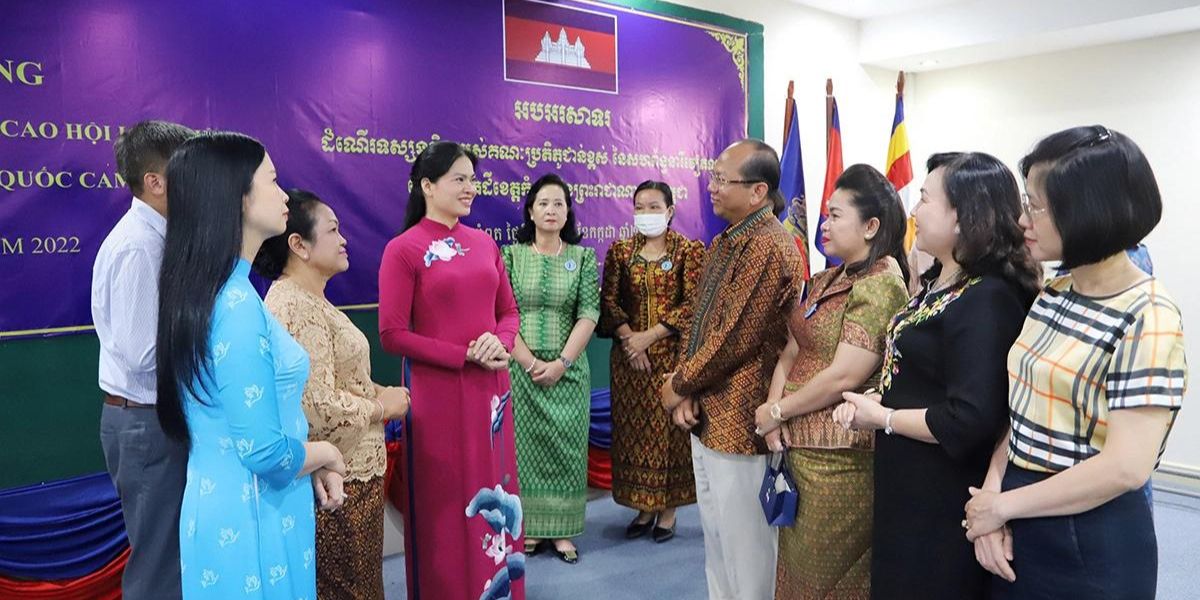
Cambodia, situated in the heart of Southeast Asia, is a place of great cultural and historical diversity. The social environment reflects the integration of multiple ethnicities and traditions while preserving the unique characteristics of the Khmer population. With nearly 17 million inhabitants, Cambodia is a country of diverse ethnicities, including the Khmer majority and minorities such as the Cham, Vietnamese, and Chinese.
Each ethnic group contributes a rich cultural heritage, from languages to clothing and customs. Religion plays a fundamental role in Cambodian social life. Theravada Buddhism is the dominant religion, and most of the population is Buddhist. The family is the core of social life in Cambodia. The traditional family structure often comprises three or four generations living under the same roof. Although Cambodia retains distinctive traditional traits, its social and cultural situation is changing and evolving in the context of economic development and globalization.
Cambodian women do not limit their role to the family; they actively participate in the economy, working in various sectors such as agriculture, crafts, retail, and even industry. Despite significant progress, Cambodian women still face many challenges, such as gender discrimination, domestic violence, and limitations in education and employment. In rural areas, access to schools is often remote and dangerous.
3. The Role and Position of Women in Cambodian Society
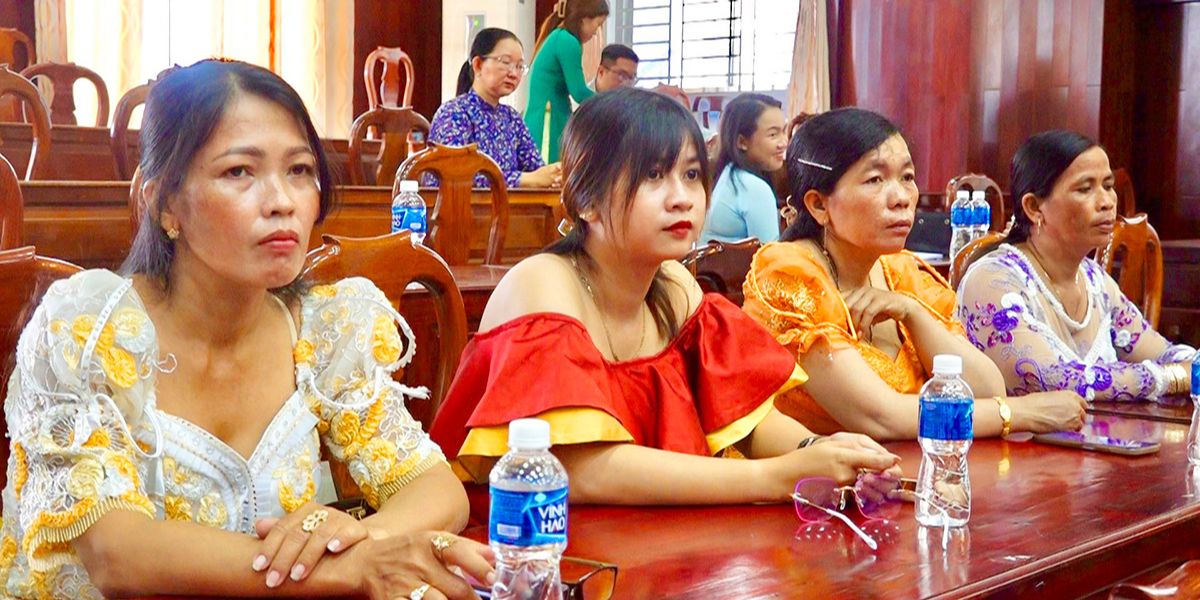
In classic Khmer art, the Cambodian girl appears as a modest, courteous, and respectable figure. She is also a prepared and dedicated woman, caring for the home and family, with a sense of thrift. She is faithful to her husband, marries young, and does not engage in sexual relations before marriage. An old Cambodian proverb says, "The ideal woman moves with such grace and lightness that not even the rustling of her silk is heard." Even today, well-educated Khmer girls respect these norms of conduct. Women's empowerment in Cambodia improved after the Khmer Rouge period. During this period, the lack of male labor, massacred by the regime (1974-1979), allowed women to participate actively in production. In Cambodian society, women play a central role in the family. They are not only responsible for childcare but also manage household chores and the family economy. According to current legislation, Cambodian women should receive equal pay to their male colleagues, but in reality, the recognized salary is often lower.
4. The Attitude of Cambodian Women Towards Westerners
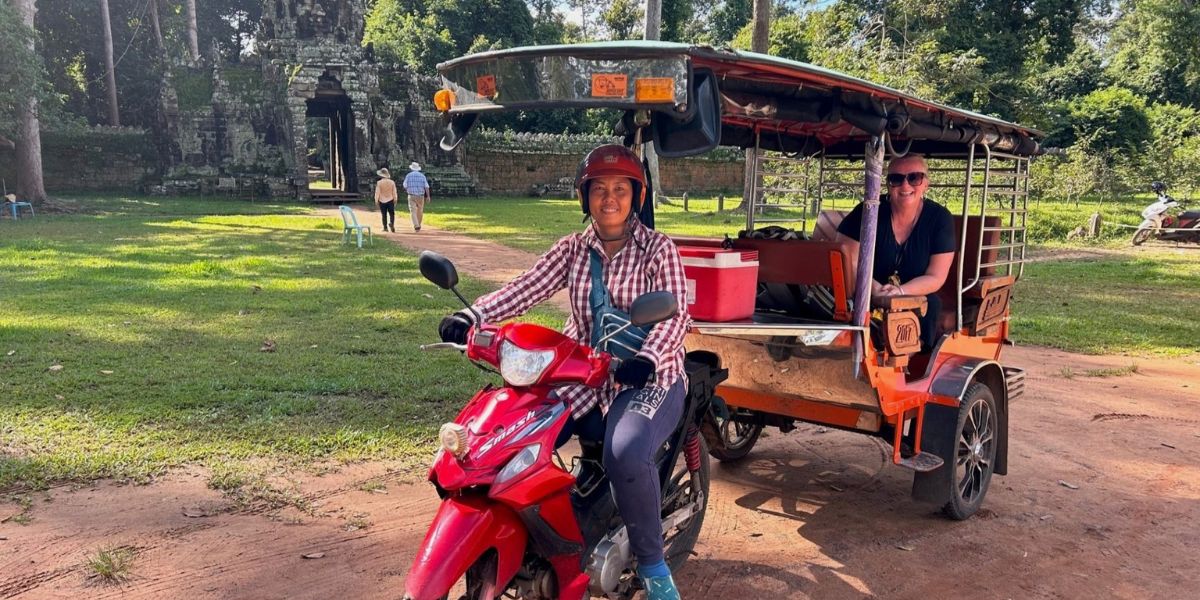
Having romantic relationships or marrying Westerners is uncommon in Cambodia, but it is not socially prohibited or stigmatized. Especially in Phnom Penh and Siem Reap, young Cambodian women are in contact with many Western men, making them more open-minded. Additionally, mastering the language facilitates communication between Cambodian women and tourists.
5. Marriage with Cambodian Women
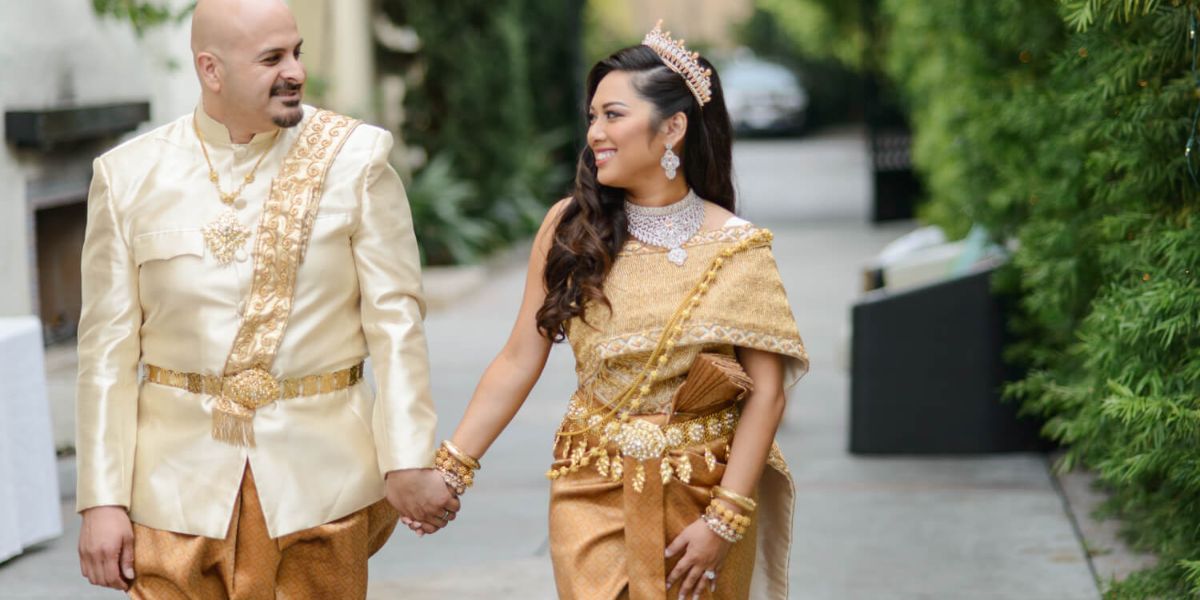
A new law prohibits marriage between foreigners over 50 years old and Cambodian women. Those over 50 must prove an income in their country of origin exceeding about $2,200 per month. This law was introduced to prevent marriages of convenience. In the case of "marriage with a Cambodian woman," the future husband, whether Cambodian or foreign, must respect Khmer traditions. In Cambodia, the future husband must offer the bride's family a dowry, decided in a meeting between the two families called Thlai Bonnakar. This can cause disappointment and fear in the foreign suitor, but trying to convince the bride to have her parents waive this request is useless. The bride will never do anything that could put her in conflict with her family.
Additionally, it is necessary to plan for the payment of the religious ceremony and the wedding party. Obtaining the dowry helps the bride's parents maintain respect among neighbors, relatives, and acquaintances, and demonstrates the sincere affection of the son-in-law. The wedding usually takes place at the bride's home. Single women present will feel disappointed if the groom does not bring a single friend with him. The bride and groom wear elegant outfits rented for the occasion. The groom holds a ritual knife (Daa in Khmer) adorned with fake gemstones. Finally, all guests bring some money as a wedding gift, placing it on the groom's knife.
6. Notable Individual Women
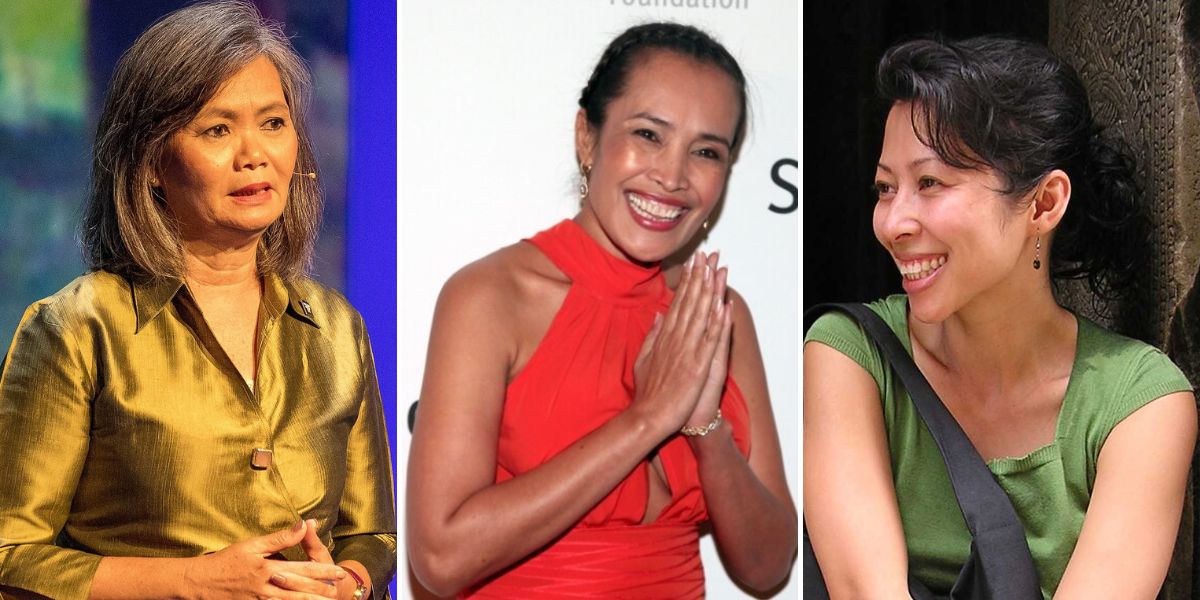
There are many notable Khmer women who have done and continue to do extraordinary work in the community and have a positive impact on society. Here are some examples of illustrious Khmer women:
-
Mu Sochua: A member of parliament and prominent politician, Mu Sochua has dedicated her life to fighting for women's and children's rights in Cambodia. With courage and determination, she has fully committed to the fight against human trafficking and domestic violence while creating opportunities and equal conditions for women in society.
-
Somaly Mam: A social activist and human rights defender, Somaly Mam has dedicated her life to fighting against human trafficking and rescuing victims of slavery and sexual exploitation. Through her organization, she has provided aid and support for the recovery of thousands of women and children forced into sexual slavery.
-
Loung Ung: A celebrated writer and human rights activist, Loung Ung has written books about her life during the Khmer Rouge regime, from the experience of fleeing Pol Pot's invasion to her later life in the United States. Her work has helped raise awareness about the tragedies faced by the Cambodian people while honoring the strength and resilience of the women who overcame all difficulties.